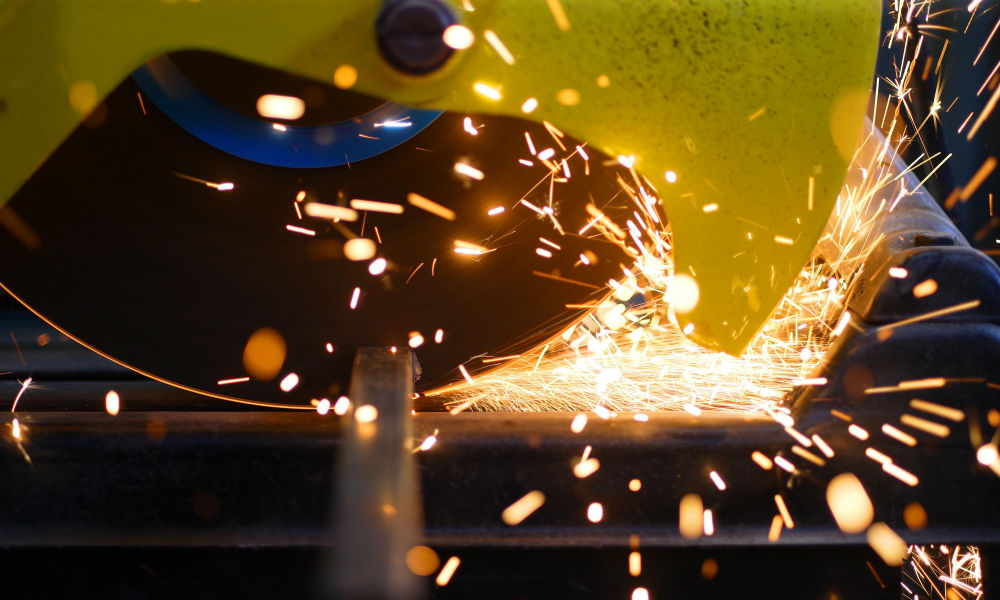
The steel fabrication industry has always been at the front line when it comes to embracing the latest advances in technology. Steel is notoriously an unwieldy material that is not easy to mold, shape, or cut. But thanks to the latest technological advances, not only have fresh tools been introduced to the industry, but new strategies are also reshaping steel fabrication as we know it.
Tyler Shveyda is the co-owner of Twisted Steel Fabrication in Midland, Texas. He was born in Oklahoma but moved to Texas when he was young and lived in North Texas and East Texas while growing up. Tyler learned about the fabrication industry by working as a welder for 10 years prior to starting his own company. His clients are mainly oil field companies. Being located in Texas has provided many opportunities for growth, especially with the help of new steel fabrication technologies.
3D Printing Technology
3D printing is a revolutionary technology that took the manufacturing world by storm. In the beginning, the 3D printers were small and had limited capacity both in the raw materials used and their output. But in recent years, this technology has seen advances of its own. Now the printers can handle anything from plastic and masonry to concrete and steel. According to Tyler Shveyda, 3D printing has great potential for steel manufacturing. This technology makes it easier to redesign and shape steel parts at a fraction of the cost. Other benefits of this innovative technology include better optimization of energy usage and less waste.
More Innovative Materials
It’s no secret that the steel manufacturing industry had to rely on machining techniques that are costly, difficult to implement, and far from being resilient. Cutting or carving complex shapes in steel is a lengthy process with little room for error. But recent advances in technology are promising to take the industry to a whole new level. It’s not just about making it easier to mold and work with steel, but the new technologies can also work with other innovative materials.
With the demand for more material variety, it is now possible to work with materials as diverse as ceramics, geranium, silicon, glass, and ferrite, among others. This makes it possible for manufacturers to venture into new markets and become less dependent on steel.
Tyler Shveyda on Automation
The human element has been a vital force in the steel fabrication industry and the reason for its survival over the years. And while the human workforce remains at the heart of the industry, automation is taking over all the repetitive and more time-consuming parts of the business. The way Tyler Shveyda sees it, robotics and automation outperform their human counterparts in terms of speed, consistency, precision, and ability to work around the clock. Moreover, automated systems have a low-maintenance threshold and are less likely to make errors.
By cutting operation costs and introducing new fabrication materials, technology is giving the steel fabrication business a fighting chance in a competitive market even when the economy takes a downturn.
